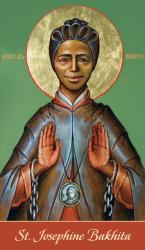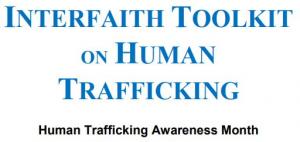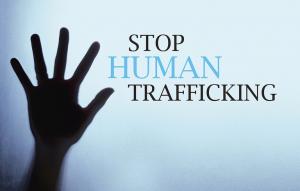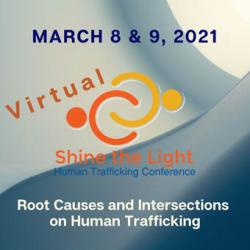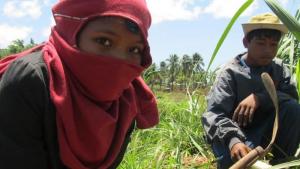Prayer for an End to Human Trafficking
On February 8th, the SSNDs will join with people worldwide to pray for an end to human trafficking. You can participate in this online event here. We are pleased to announce that our Province partner in Haiti, Beyond Borders, will join us in this day of prayer as our partnership is actively working to end child domestic slavery in Haiti. Here is a prayer that you can use to be mindful that the world is praying to end Human Trafficking on February 8th.










